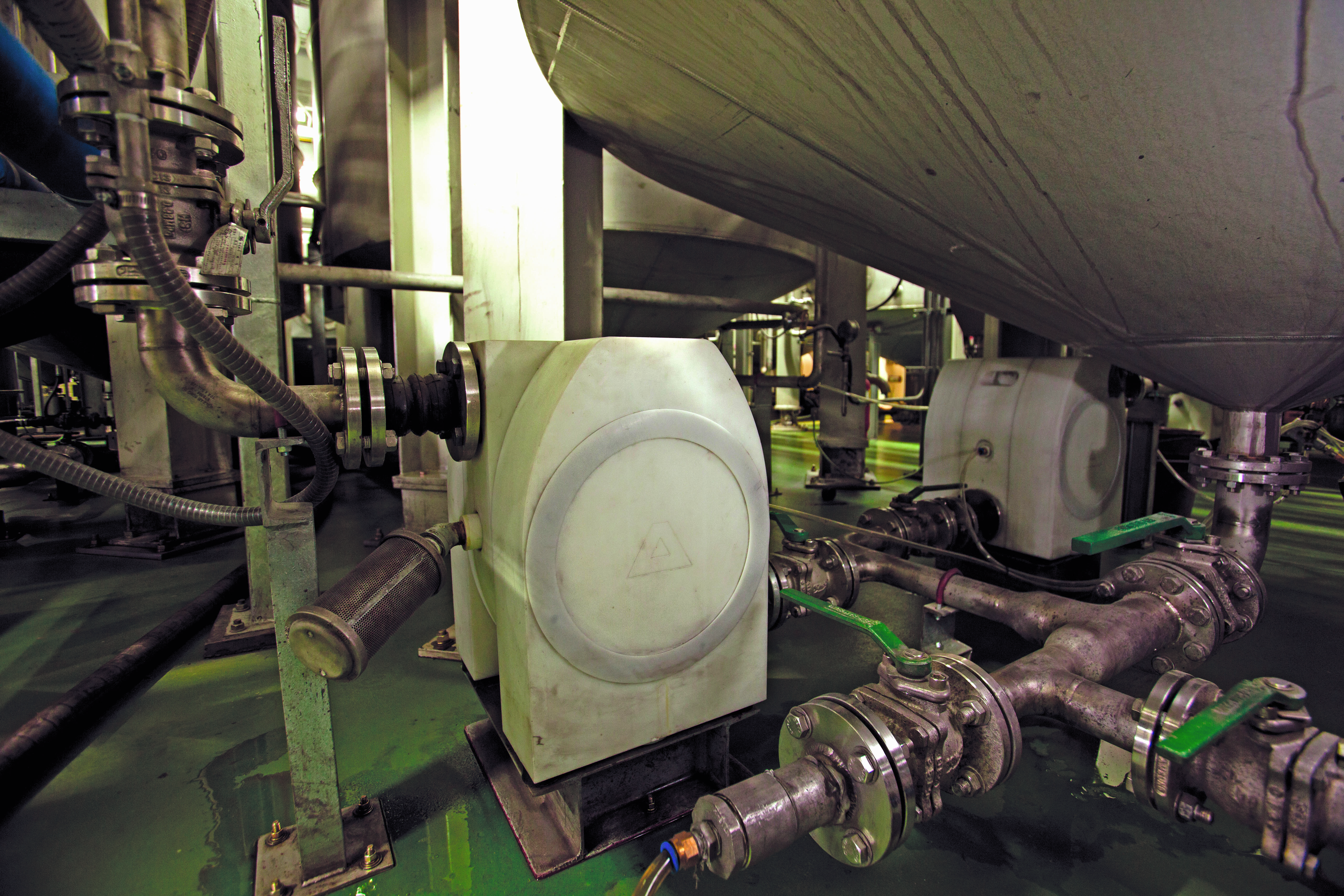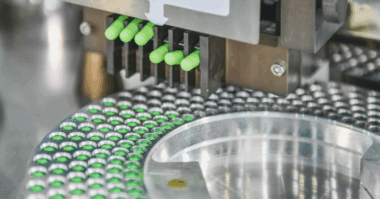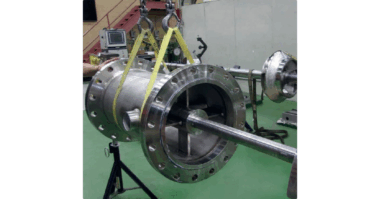Legend has it that the inspiration for the industrial-pump technology that would come to be known as air-operated double-diaphragm (AODD) came to its inventor, Jim Wilden, in the mid-1950s as he tried to identify a better way to pump out a flooded workshop. Now, nearly 60 years later, AODD pumps have become the rightful standard-bearer in operational efficiency for a wide variety of utilitarian, unglamorous industrial and manufacturing liquid-handling and transfer operations, and a reliable favorite in the contractors’ marketplace.
Over the years, though, AODD pump technology has also evolved from what has been called a “glorified Shop-Vac” into one that can be used as a process pump in even the most delicate liquid-handling applications. This so-called “mud to blood” operational versatility now makes AODD pumps ideal for a full array of industries and applications, from mining to hygienic processing, dangerous chemicals to food-and-beverage products.
The high level of usability of AODD pumps in these diverse applications comes from the pump’s unique operating features, including:
- Portability
- Dry-run capability
- Sealless design
- Deadhead capability
- Shear-sensitivity
- Self-priming
- Submersibility
AODD pumps also benefit from the use of an air-distribution system (ADS) that gives the operator infinite control of the amount of air that flows through the pump, as well as the product flow rate, as if the pump had a built-in variable frequency drive (VFD). Motor-driven pumps, on the other hand, need an actual VFD in order to operate as efficiently.
One company that is constantly pushing the envelope regarding AODD pump design and operation is Almatec®, Kamp-Lintfort, Germany, which in 2008 became one of the founding members of the Dover Corporation’s Pump Solutions Group (PSG®), Oakbrook Terrace, IL, USA.
Almatec has given traditional AODD technology new legs with the implementation of many different kinds of materials of construction, such as stainless steel, cast iron, machined polyethylene and PTFE (Teflon®). The polyethylene and PTFE models also make the pump intrinsically safe, which makes it truly safe for pumping dangerous chemicals and other liquids in an environment where an ATEX rating is required. Many Almatec AODD pumps also have the option of adding a barrier chamber system, which optimizes leak detection and prevention.
The diaphragms in Almatec pumps have always been designed from a PTFE point of view, resulting in a diaphragm that has a large diameter and short stroke with low flexural load, which ensures uniform product delivery regardless of the material used in the diaphragm’s construction. Additional diaphragm-material options include EPDM, PTFE/EPDM composite or NBR.
The range of construction materials and diaphragm options allow Almatec to offer the following AODD pump models:
- E-Series. Solid plastic AODD pump that uses housing bolts that are tightened against a diaphragm-sized ring to attach the housing parts to each other, resulting in a more even spreading of the housing-bolt force. Operational flow resistance is reduced via an optimized flow pattern that increases flow rate while lowering the amount of air that is required.
- BIOCOR. Designed for sterile applications in the pharmaceutical, biotechnical and food industries. All housing parts of the BIOCOR pump are stainless steel and have no horizontal areas, meaning no dead spaces where pumped product can collect and contaminant subsequent batches.
- CHEMICOR. The CHEMICOR’s product chambers have been designed with soft contours, smooth flow channels and no dead spaces. These stainless-steel pumps feature a solid, compact design and have freely rotating suction and discharge ports.
- FUTUR. These plastic pumps are machined from solid blocks and have been developed for the demanding requirements of chemical supply and circulation in the semiconductor industry. All FUTUR pumps are self-priming and dry-run capable with a simple design that features few parts.
- AH. These high-pressure plastic pumps have been designed for charging filter presses with chemical wastes and special sludges. The housing and wetted parts are constructed of stainless steel with a PE conductive center block, which allows them to be used in ATEX applications.
- CX. These plastic pumps are most often used as general-purpose pumps in low- to medium-duty flow-rate applications. They are self-priming and dry-run capable and empty containers down to the last drop, making them ideal for unattended transfer of liquids from one container to another.
We are always interested in hearing about any equipment-related successes you have had in any of your operations. If there are any recent instances where an industrial pump system has helped optimize your fluid-handling capabilities, please send me an email at kevin.hogue@psgdover.com.




